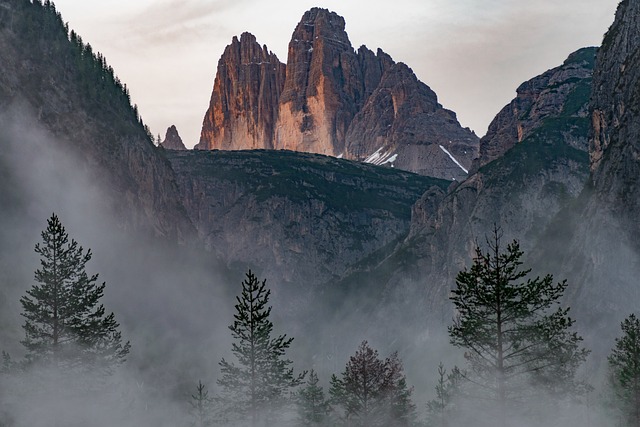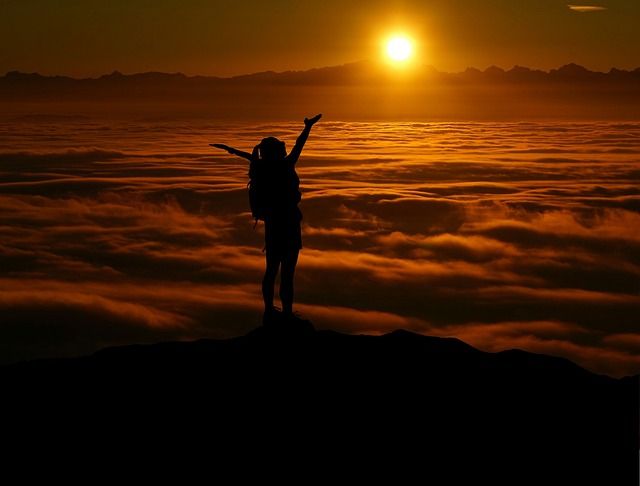For capturing stunning coastal views during hikes, equip with a durable camera body, versatile lens (wide-angle for landscapes), tripod, and large aperture lenses. Plan hikes post sunrise/before sunset for golden light. Use composition techniques like rule of thirds and leading lines to enhance images. Frame detailed close-ups of foliage, shells, and trees to tell natural stories. Post-process for color accuracy, contrast, saturation, and noise reduction.
Unleash your inner photographer and explore the art of capturing breathtaking coastal views on scenic hikes. This guide equips you with essential knowledge and skills to create stunning nature photography. From choosing the right equipment for coastal adventures to mastering composition, lighting, and post-processing techniques, we’ll navigate you through every step. Discover the best times and locations for coastal hikes, and learn how to tell stories through intricate natural details. Elevate your nature photography game with these expert tips tailored for coastal views hikes.
- Capturing Coastal Beauty: Equipment Essentials
- Planning Your Scenic Hike: Best Times and Locations
- Composition Techniques for Stunning Landscapes
- Lighting Magic: When to Shoot During Golden Hours
- Storytelling Through Nature's Details and Patterns
- Post-Processing Tips for Vibrant, Realistic Images
Capturing Coastal Beauty: Equipment Essentials
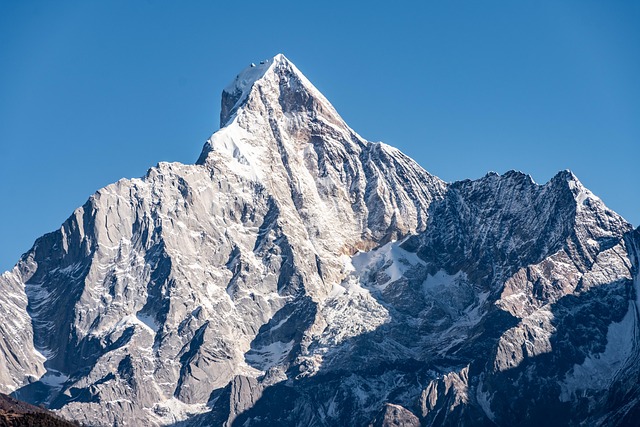
When embarking on coastal views hikes for nature photography, having the right equipment is essential. A sturdy camera body that can handle varying weather conditions and a good lens are must-haves. For capturing the vastness of the ocean and dramatic coastal landscapes, a wide-angle lens is ideal. It allows you to fit more of the scene in your frame, showcasing the rugged cliffs, crashing waves, and expansive horizons.
Additionally, consider investing in a tripod for low-light conditions often found near coastlines. This ensures sharp images of the misty sea and seabirds soaring overhead. A shallow depth of field can also be achieved with a large aperture lens, allowing you to isolate specific elements like a lone fisherman or a group of seals, adding depth and interest to your coastal photography portfolio.
Planning Your Scenic Hike: Best Times and Locations
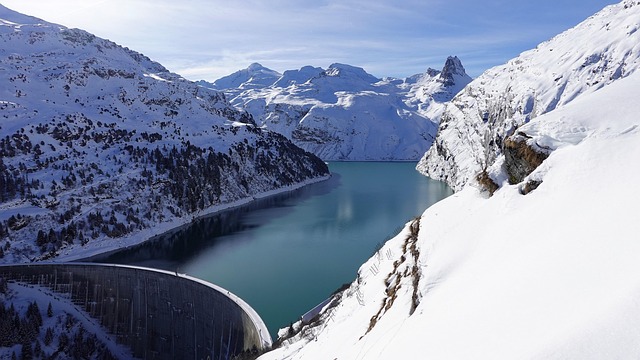
When planning a scenic hike for nature photography, timing is everything. The best times to capture stunning coastal views are often just after sunrise or before sunset, when the light is soft and golden—a photographer’s dream. During these magical hours, you can expect fewer crowds as well, ensuring more tranquil and picturesque scenes.
For coastal locations, consider hiking during the spring or fall seasons when the weather is mild and the landscape is vibrant with wildflowers or autumn foliage. Many popular trails offer breathtaking panoramic views of the ocean, cliffs, and beaches, making them ideal spots for capturing dramatic coastal scenery. Researching local trails and seeking out hidden gems will help you find the perfect location to immerse yourself in nature’s beauty.
Composition Techniques for Stunning Landscapes
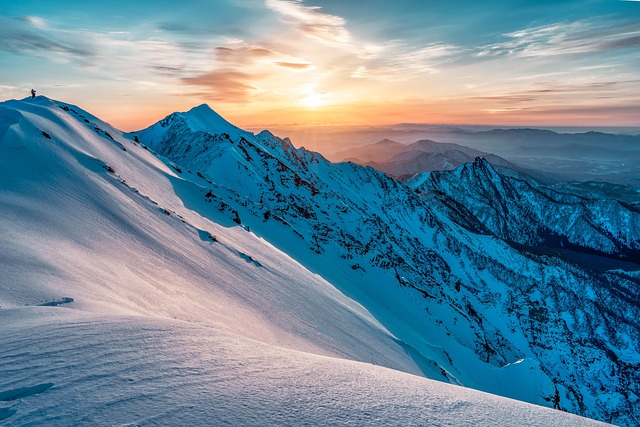
When capturing breathtaking coastal views during hikes, nature photographers can employ several composition techniques to enhance their landscapes. One powerful method is the rule of thirds, where you envision your frame divided into nine equal parts with two horizontal and two vertical lines. By aligning key elements of the scene—such as a dramatic cliff or a towering tree—with these lines or their intersections, you create a more dynamic and engaging image.
Another technique to consider for coastal hikes is leading lines. These can guide viewers’ eyes through the photograph, drawing them into the scene. Faint paths, rocky outcrops, or even waves crashing against the shore can serve as effective leading lines. Additionally, playing with perspective by getting low to the ground or finding a unique viewpoint can add depth and interest to your coastal hike photographs, transforming ordinary scenic views into extraordinary works of art.
Lighting Magic: When to Shoot During Golden Hours
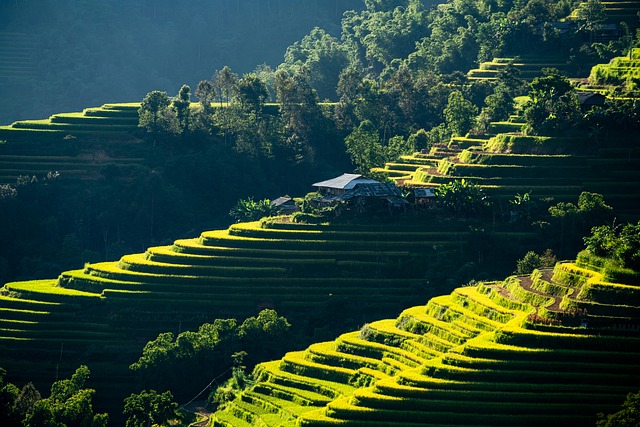
Nature photographers often seek that perfect moment, where light and scenery blend in harmony. This magical time is known as the golden hours—the period just after sunrise or before sunset. For coastal view hikes, shooting during these times can transform your images. The warm, soft light creates stunning contrasts and emphasizes the beauty of nature.
The golden hours offer a unique filter that enhances the colors of the landscape, making green hues more vibrant and blues deeper. This lighting is ideal for capturing the majestic lines of coastal trails, the play of shadows on rocky cliffs, or the gentle lapping of waves against shores. So, when planning your next scenic hike, aim to reach higher grounds during these magical times to capture unforgettable moments.
Storytelling Through Nature's Details and Patterns
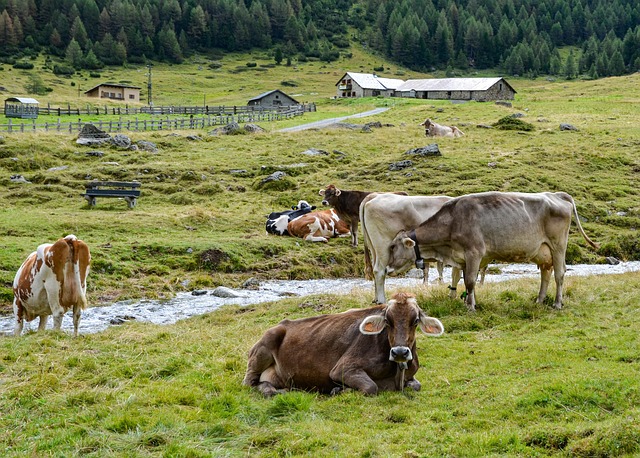
Nature photography on scenic coastal view hikes offers a unique opportunity to capture storytelling details. By framing compositions that include intricate patterns in the foliage, ripples on the shore, or the interplay of light and shadow, photographers can convey the essence of the natural world. These subtle elements often go unnoticed by the casual observer but hold profound beauty and significance. For instance, a close-up of a shell’s intricate design can reveal a microcosm of marine life, while a tree’s gnarled branches might tell tales of weathering storms over decades.
Through these detailed shots, hikers and viewers alike are transported into the heart of the landscape, encouraged to slow down and appreciate the rich narratives woven into every crevice and bend of the trail. Each photograph becomes a window into a moment in time, inviting contemplation and fostering a deeper connection with the environment. Whether it’s the delicate veins on a leaf or the vast expanse of an ocean view, capturing these stories encourages both photographer and viewer to pause and find beauty in the smallest, most unexpected places along coastal hikes.
Post-Processing Tips for Vibrant, Realistic Images
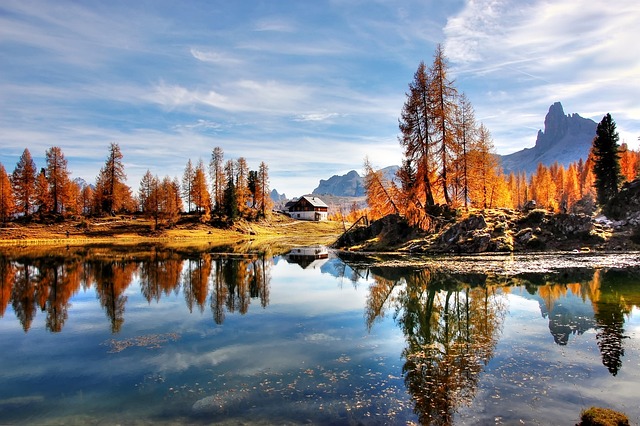
After capturing stunning landscapes during coastal views hikes, post-processing plays a vital role in enhancing and preserving the vibrant essence of your images. Start by calibrating your colors to ensure accurate representation of the scene’s richness. Adjustments in brightness and contrast help bring out the details in both shadowed areas and highlights, making the coastal scenes pop.
Leverage features like saturation to boost the visual appeal without losing realism. A subtle increase can add a sense of vitality to the greens, blues, and other natural hues. Use noise reduction techniques to preserve fine details while minimizing unwanted grainy artifacts, especially crucial for capturing crisp textures in foliage or rippling water.



